Introduction: Why Acetone for Removing Super Glue Matters
Super glue is a household essential for quick fixes, but when it drips or sticks where it shouldn’t, it can become a major headache. Whether it’s dried on your skin, a countertop, or a favorite household item, removing super glue safely is a challenge. That’s where acetone comes in. Using acetone for removing super glue is one of the most effective and widely recommended methods, trusted by professionals and DIY enthusiasts alike. Acetone breaks down the adhesive bonds quickly, saving you from scrubbing endlessly or damaging the surface beneath.
Unlike other removal methods that rely on scraping or harsh chemicals, acetone penetrates the glue and softens it at a molecular level. This makes it easier to wipe or peel away without causing permanent marks or scratches. Because super glue hardens so quickly and adheres strongly to almost anything, using the right solvent is critical. With acetone for removing super glue, you get speed, effectiveness, and affordability all in one.
In addition to its cleaning power, acetone is easy to find—it’s a key ingredient in many nail polish removers and industrial solvents. When handled properly, it is safe and efficient for tackling stubborn glue messes. In this guide, you’ll learn what tools you need, a detailed step-by-step removal process, common mistakes to avoid, and expert tips that ensure safe use of acetone. By the end, you’ll know exactly how to handle sticky accidents with confidence.
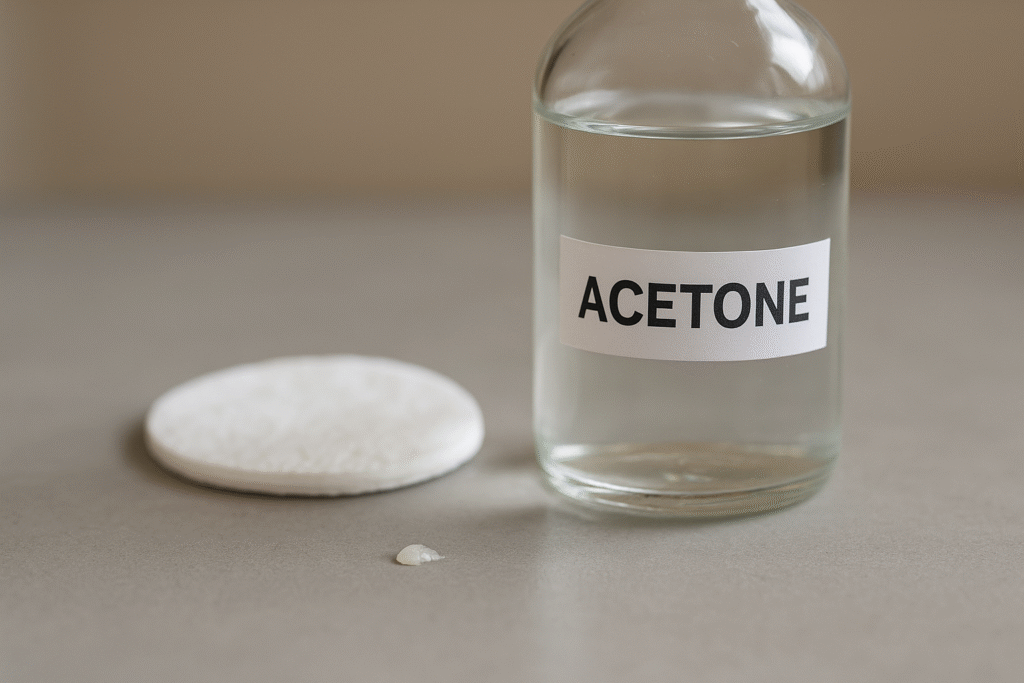
What You’ll Need Before You Start
Before using acetone for removing super glue, it’s important to gather the right supplies. Preparing in advance ensures the process is smooth, safe, and effective. While acetone does most of the heavy lifting, having the right tools and safety items will make the experience easier and help protect the surfaces you’re working on.
The main item you’ll need is pure acetone or an acetone-based nail polish remover. While nail polish removers are widely available, check the label to confirm that acetone is a primary ingredient. Pure acetone, often sold in hardware or beauty supply stores, is stronger and works more quickly on stubborn glue spots. Depending on where the super glue is located, you’ll also need cotton balls, cotton pads, or soft cloths to apply the solvent.
For delicate areas, like skin or sensitive surfaces, a small cotton swab allows for precise application. Plastic scrapers or old credit cards are helpful for gently lifting softened glue without scratching. Avoid metal tools, as they can cause damage. Gloves are recommended when handling acetone to protect your skin, and safety glasses are a good precaution if you’re working near your face or in tight spaces.
Additionally, have a bowl of warm soapy water nearby for rinsing once the glue is loosened. This stops the action of the acetone and cleans the area. Paper towels or microfiber cloths are useful for drying and polishing the surface afterward. With these supplies ready, you’ll be well-prepared to use acetone for removing super glue safely and effectively.
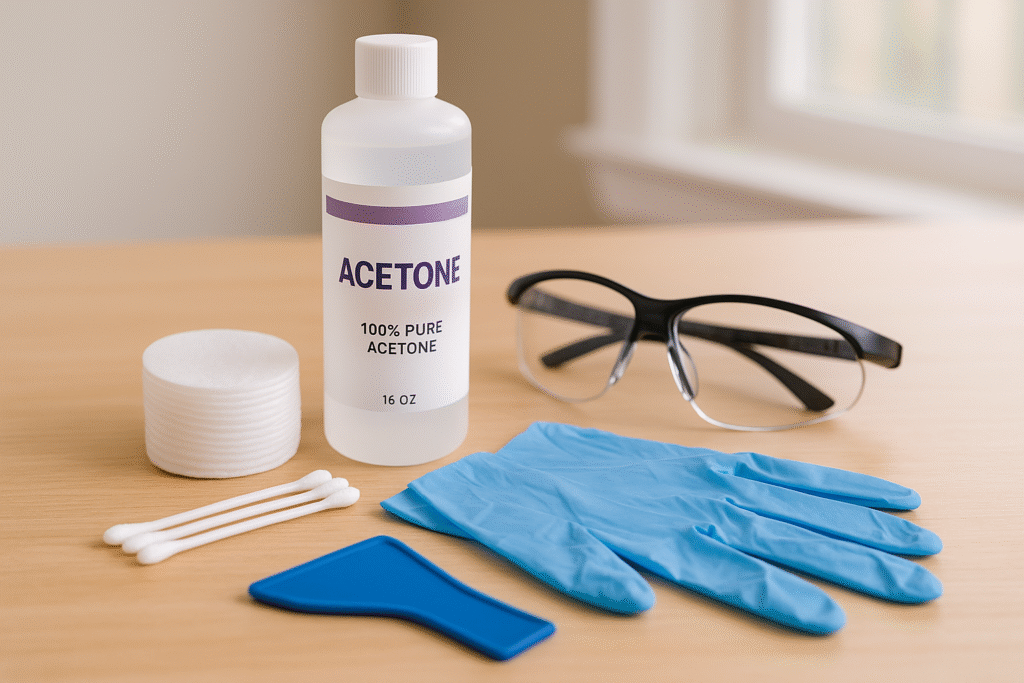
Step 1: Apply Acetone to the Affected Area
The first step in using acetone for removing super glue is to carefully apply the solvent to the affected spot. Start by ensuring the area is well-ventilated, since acetone produces strong fumes. Open windows, turn on an exhaust fan, or work outdoors if possible. Next, put on protective gloves and safety glasses to protect your skin and eyes from accidental splashes.
Dip a cotton ball, cotton pad, or swab into a small amount of acetone. Gently press it against the super glue stain, allowing the liquid to soak into the adhesive. The goal is not to rub aggressively but to give the acetone time to penetrate the hardened glue. For glue stuck to skin, dab lightly and wait for the solvent to soften the adhesive; avoid soaking for too long, as prolonged exposure can dry out your skin.
If the glue is on a flat surface, cover the spot with the acetone-soaked cotton and let it rest for 2–5 minutes. This dwell time allows the acetone to break down the cyanoacrylate bonds that make super glue so durable. On delicate materials like wood or painted surfaces, test a small hidden area first to make sure the acetone doesn’t damage the finish.
By applying acetone for removing super glue carefully and patiently, you set the stage for easier lifting or peeling in the following steps. This method avoids harsh scraping and ensures the glue softens properly before removal.
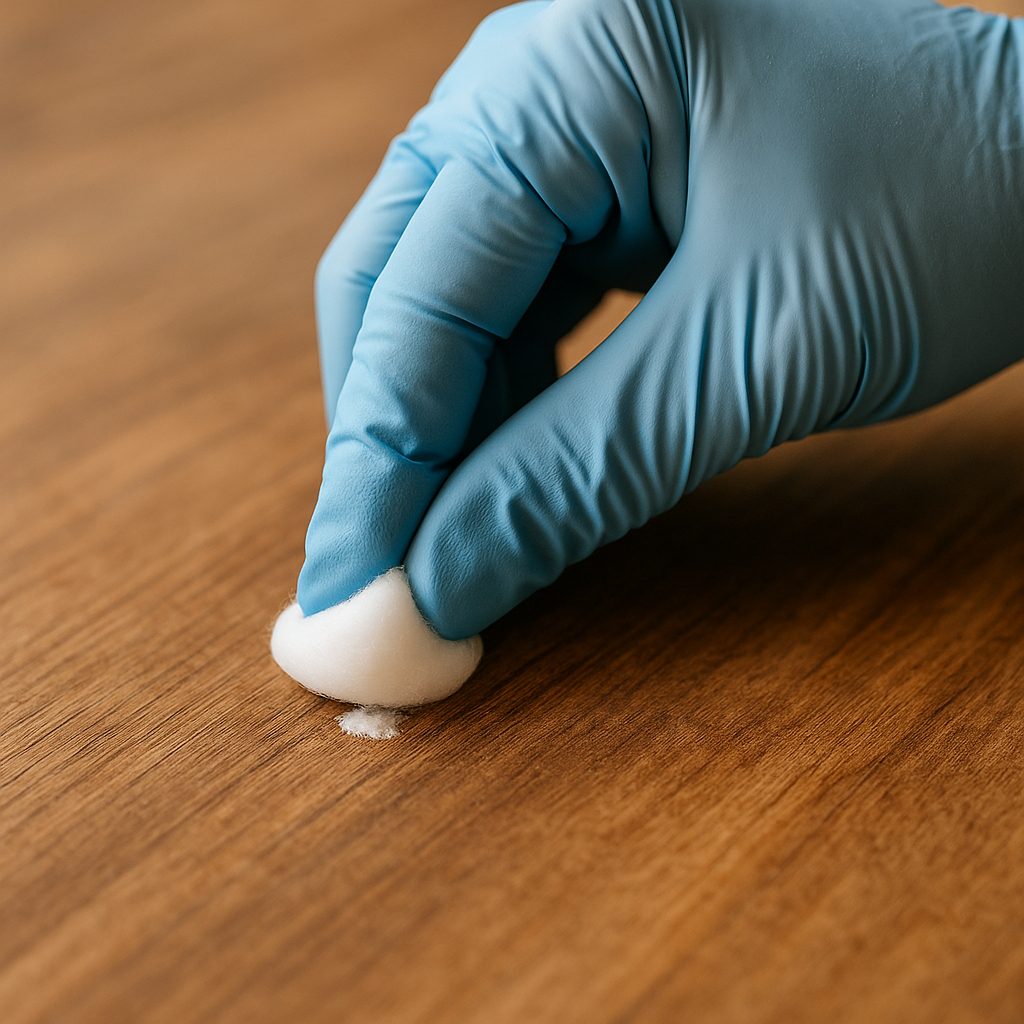
Step 2: Gently Loosen and Lift the Glue
Once the acetone has soaked into the glue, the next step in using acetone for removing super glue is to gently loosen and lift the softened adhesive. After waiting a few minutes for the solvent to break down the bond, check the glue’s texture by lightly pressing it with a cotton swab or the edge of a plastic scraper. If it feels rubbery or begins to peel, it’s ready for removal.
Avoid the temptation to scrape aggressively. Instead, use a gentle rocking or lifting motion with a plastic scraper, old credit card, or even your fingernail (if safe for the surface). On skin, slowly peel the softened glue away rather than pulling hard, as this reduces irritation or tearing. For delicate surfaces like wood or glass, patience is essential—lift small sections at a time, reapplying acetone as needed for stubborn spots.
If glue remains stuck after the first attempt, repeat the acetone application and wait another few minutes before trying again. Multiple short applications are more effective and safer than trying to remove everything at once. For thicker glue buildups, alternate between soaking and gently lifting until the surface is clean.
By using acetone for removing super glue in this careful way, you minimize damage to the underlying material while ensuring the glue releases completely. This method is especially helpful for household items, furniture, and delicate finishes where preserving the surface is just as important as removing the glue.
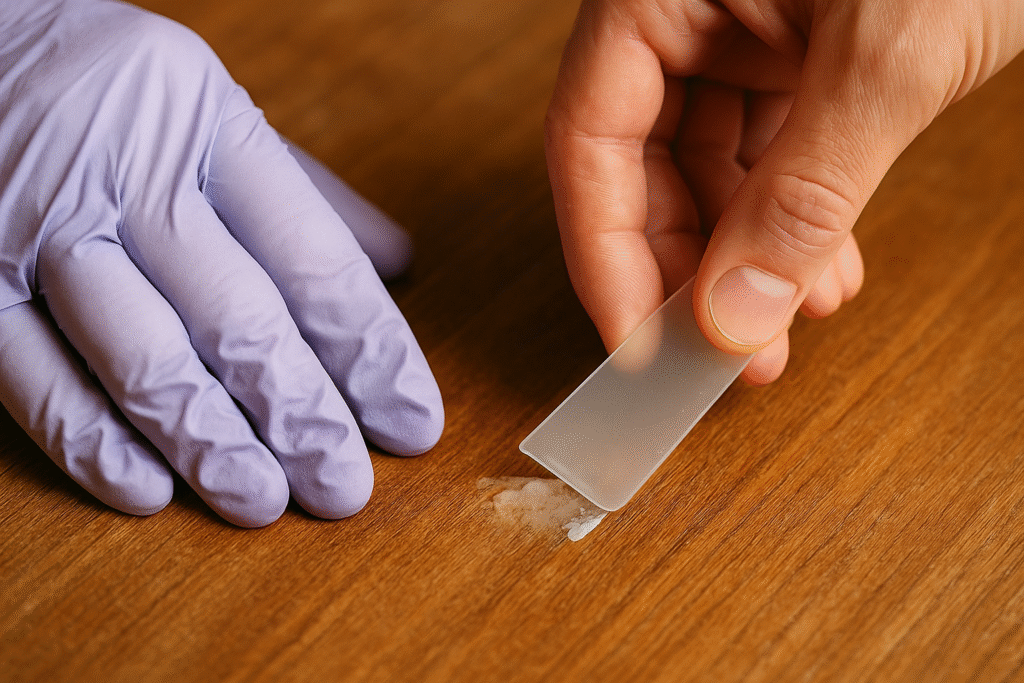
Step 3: Clean and Neutralize the Area
After loosening and lifting the glue, the final step in using acetone for removing super glue is to thoroughly clean and neutralize the treated surface. This step is crucial to prevent any leftover acetone from causing discoloration, damage, or residue. Begin by rinsing the area with warm soapy water. If the glue was on your skin, wash thoroughly with mild soap and warm water to remove traces of acetone and restore moisture. On household surfaces, use a damp cloth soaked in soapy water to wipe away any remaining solvent.
Once rinsed, dry the area with a clean microfiber cloth or paper towel. For surfaces like glass, mirrors, or countertops, buff gently to restore shine. If the treated area feels dry or dull—common after acetone use—apply a protective finish such as furniture polish, mineral oil, or skin moisturizer, depending on the surface. This step helps restore luster and prevents long-term dryness or damage.
Inspect the spot to ensure no glue remains. If you still notice hardened patches, repeat the acetone application in small amounts, followed by cleaning and drying again. It’s better to repeat the process gradually rather than overusing acetone in one go. For fabrics or delicate materials, professional cleaning may be necessary if any glue residue persists.
By completing this cleaning step, you ensure that your effort with acetone for removing super glue not only solves the problem but also leaves the treated surface safe, smooth, and fully restored. This careful finish separates a quick fix from a long-lasting solution.
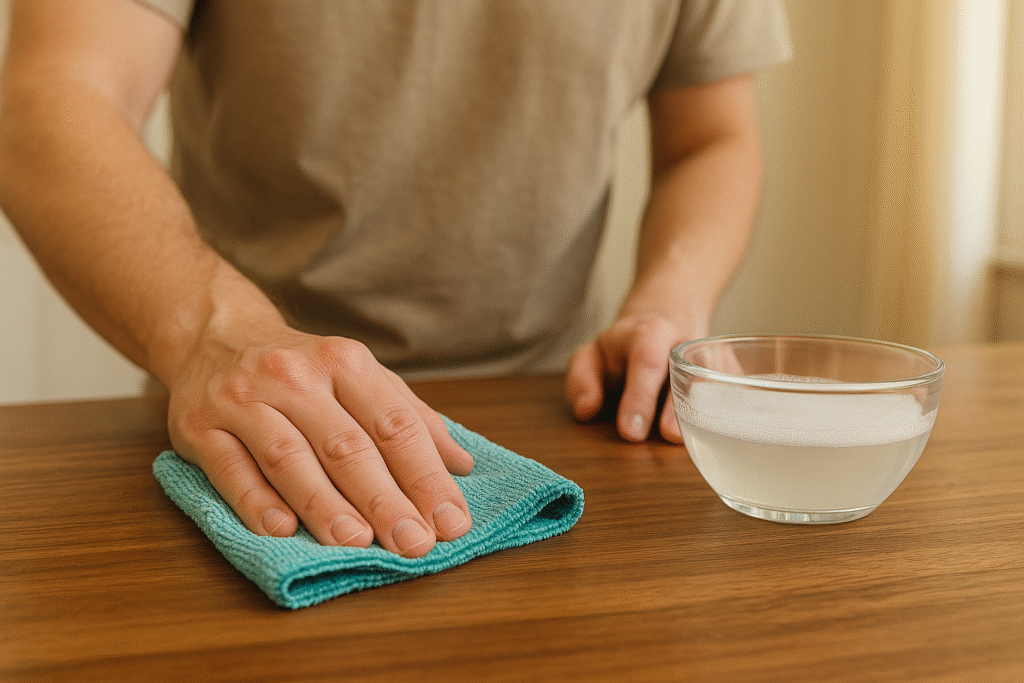
Common Mistakes to Avoid When Using Acetone for Removing Super Glue
Although acetone for removing super glue is highly effective, many people make mistakes that reduce its effectiveness or risk damaging the surface they’re trying to clean. One of the most frequent errors is using too much acetone at once. Soaking a surface excessively can cause discoloration, warping, or finish removal—especially on wood, painted materials, or delicate fabrics. Always apply acetone sparingly and in controlled amounts.
Another mistake is skipping the patch test. Before applying acetone to a visible area, it’s crucial to test it on a small, hidden section of the surface. This step helps ensure the solvent won’t cause damage or permanent marks. Overlooking this precaution can lead to unnecessary and sometimes irreversible harm. Similarly, using rough tools like knives or metal scrapers to speed up the process often scratches or gouges the surface underneath the glue.
People also make the error of rubbing aggressively instead of letting acetone sit and work. Acetone needs time to penetrate the glue, so patience is key. Scrubbing too soon only spreads the adhesive or damages the surface. Additionally, neglecting proper ventilation is a common safety issue. Acetone fumes are strong and can cause dizziness or irritation if used in a closed space.
Finally, some users forget to neutralize and clean the area after glue removal. Leaving acetone residue behind can cause dryness on skin or dullness on materials. By avoiding these mistakes, your use of acetone for removing super glue will be safer, more effective, and less damaging to the surface in question.
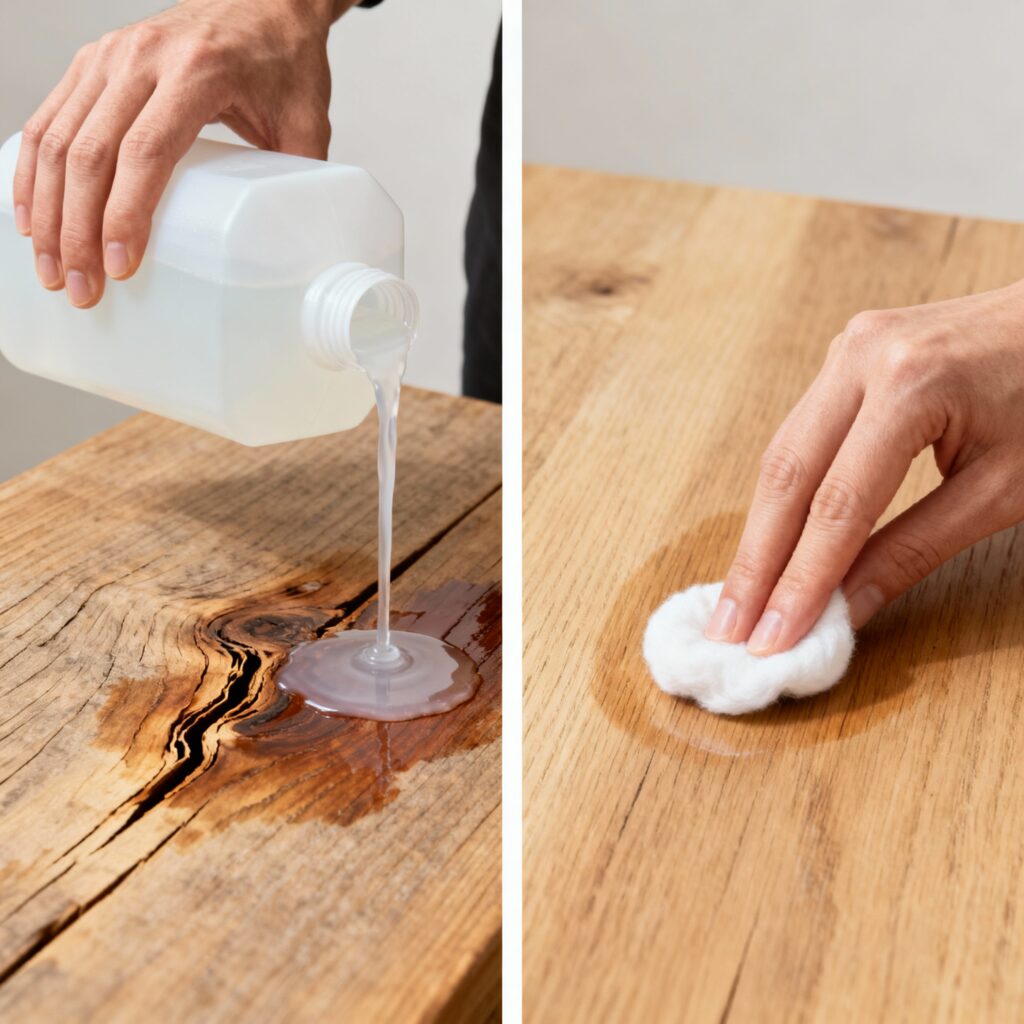
Alternative Methods for Removing Super Glue Without Acetone
While acetone for removing super glue is one of the fastest and most effective solutions, it’s not always the right choice. Acetone can damage sensitive surfaces, strip paint, or dry out skin. In such cases, alternative methods can be just as helpful, offering safer or gentler ways to handle adhesive mishaps. Knowing these alternatives allows you to choose the best approach for the material you’re working with.
One popular method is using warm, soapy water combined with patience. This works best for skin or fabrics. Soak the affected area in warm water for 15–30 minutes to soften the glue. Once softened, gently peel or roll the adhesive off. For stubborn spots, adding a small amount of salt or sugar to the water provides mild abrasiveness that helps lift glue without chemicals.
Another effective option is using household oils such as olive oil, coconut oil, or baby oil. These oils seep under the glue and weaken its grip. Apply the oil generously to the glue and surrounding area, let it sit for 10–15 minutes, and then rub gently with a soft cloth. This method is especially useful on skin, as it moisturizes while loosening the glue. It also works on non-porous surfaces like metal or plastic without causing damage.
For fabrics or delicate surfaces, vinegar can be an excellent alternative. Its mild acidity breaks down glue without the harsh effects of acetone. Simply soak a cloth in white vinegar, dab it on the glue spot, and allow it to sit for several minutes before gently scraping. This is particularly helpful for clothing or upholstery where acetone may bleach or weaken fibers.
Commercial super glue removers are another option. These products are designed specifically to break down cyanoacrylate adhesives. While many contain acetone, some are formulated with gentler solvents or oils. Reading product labels carefully ensures you pick one suitable for the material at hand. If all else fails, professional cleaning or repair services may be necessary for valuable or fragile items.
By exploring these alternatives, you’ll have a range of options for dealing with accidents. Whether it’s oil for skin, vinegar for fabric, or warm water for small spills, these methods complement the use of acetone for removing super glue and make you better equipped to handle any sticky situation.
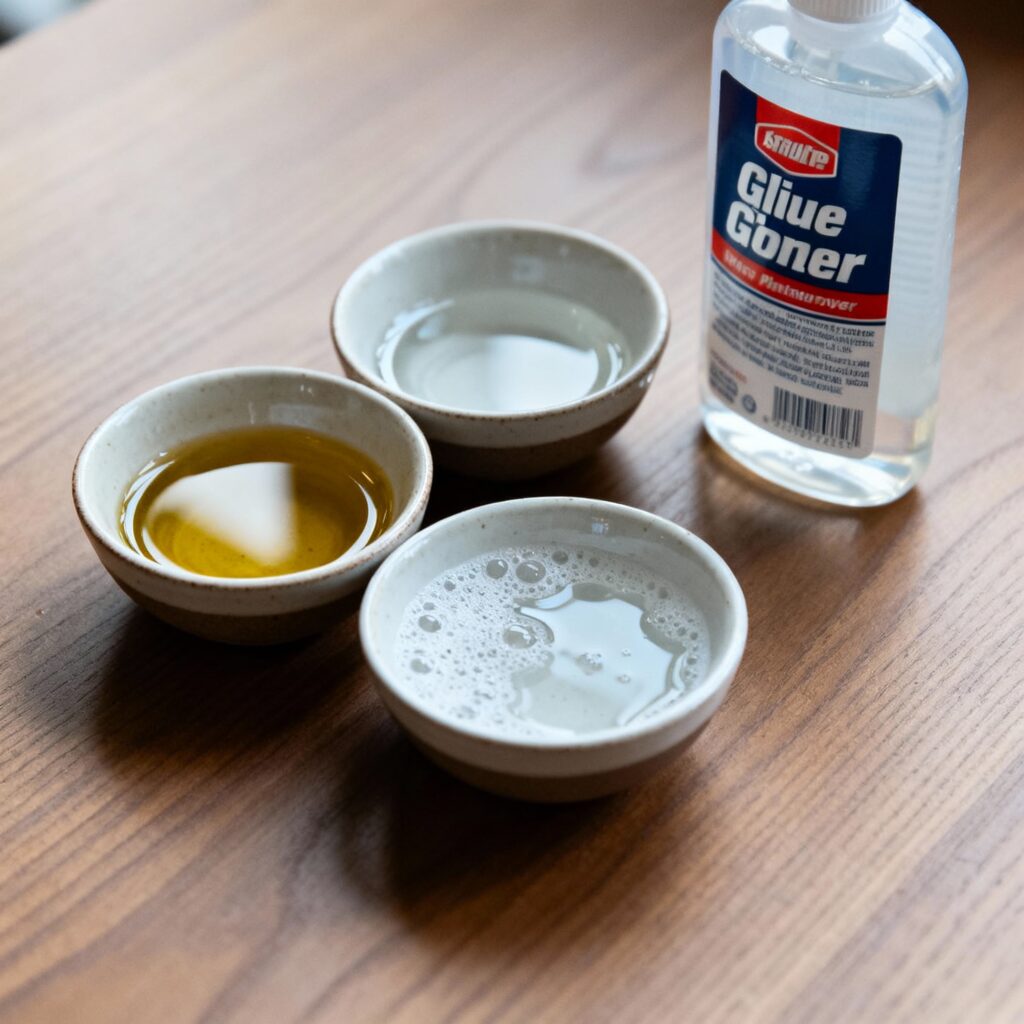
Expert Tips and Best Practices
Using acetone for removing super glue may seem straightforward, but following expert advice ensures the process is both safe and effective. One of the most important tips is to always work in a well-ventilated area. Acetone evaporates quickly and its fumes can cause headaches, dizziness, or irritation if inhaled in enclosed spaces. Open windows, run fans, or work outdoors whenever possible to minimize exposure.
Another best practice is to use acetone sparingly. More is not always better—applying small, controlled amounts gives you greater accuracy and reduces the risk of surface damage. Cotton swabs or pads allow for precise application on small glue spots, especially when working with delicate surfaces like painted wood, plastics, or fabrics. On skin, dab acetone gently and rinse thoroughly after the glue softens to avoid dryness or irritation.
Experts also recommend protecting surrounding areas before applying acetone. Mask off nearby surfaces with painter’s tape or use a protective barrier, such as petroleum jelly, to shield areas you don’t want exposed. This is particularly useful when removing glue from items like eyeglasses, jewelry, or finished wood where precision is essential.
Patience is another key element. Instead of scrubbing aggressively, give acetone time to break down the glue. Apply it, let it soak for a few minutes, and then gently lift the softened adhesive. Repeating the process in small increments is far safer than trying to rush through with one heavy application.
For additional safety and cleaning guidance, consult reputable resources such as the CDC’s NIOSH guidelines on acetone. By following these expert tips, your use of acetone for removing super glue will be more effective, safer, and less likely to cause unwanted damage.
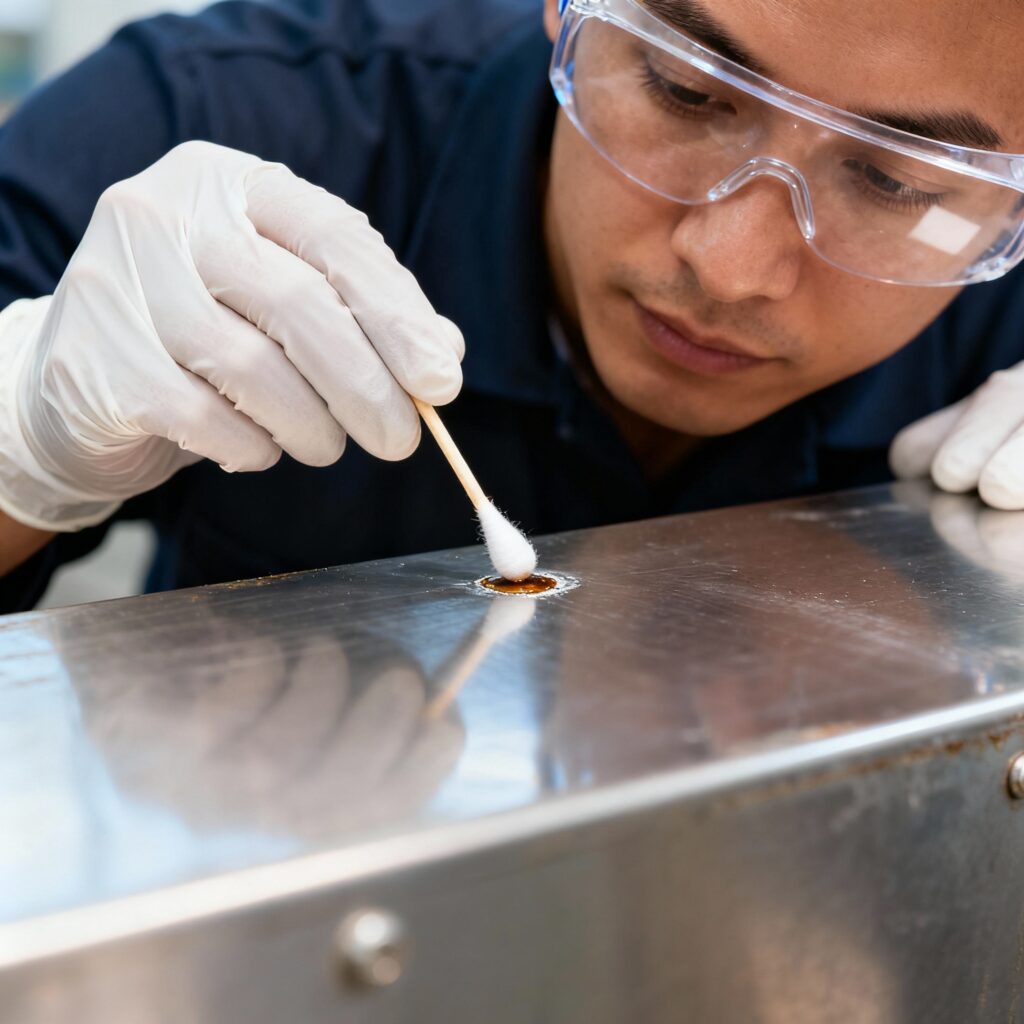
Frequently Asked Questions About Acetone for Removing Super Glue
When considering acetone for removing super glue, many people have similar concerns about safety, effectiveness, and alternatives. Below are the most common questions answered to help you approach glue removal with confidence.
Is acetone safe to use on all surfaces?
No. While acetone is effective on many hard, non-porous surfaces like glass, metal, and ceramic, it can damage painted finishes, plastics, and certain fabrics. Always test in a hidden area before applying it to a visible spot.
Can I use nail polish remover instead of pure acetone?
Yes, most nail polish removers contain acetone and can work for small glue spots. However, pure acetone is stronger and more reliable for stubborn or thick glue buildups. Be sure to check the label, since some removers are acetone-free.
Is acetone safe on skin?
Acetone can be used on skin in small amounts, but it may cause dryness or irritation. Limit contact, rinse thoroughly with warm soapy water afterward, and apply moisturizer. For sensitive skin, oils like olive or coconut oil may be a gentler alternative.
What if acetone doesn’t work?
If acetone for removing super glue doesn’t fully solve the problem, try reapplying it in small doses and giving it more time. If the glue remains, alternative methods such as oils, vinegar, or commercial removers can be effective. In some cases, professional cleaning may be necessary for delicate or valuable items.
Where can I learn more about safe solvent use?
For comprehensive safety guidelines on using acetone and other solvents, you can consult the OSHA Acetone Safety Guide. This resource provides clear instructions on safe handling, storage, and exposure limits.
 Read Similar Topics
Read Similar Topics
- Remove Superglue from Painted Material
- Unsticking a Zipper: Simple DIY Fixes
- How to Fix a Tear in Leather Shoes
- Dishwasher Replacement Cost Explained
- Ultimate Guide to Fix Burn Hole on Couch
Conclusion: Putting It All Together
Super glue is an incredibly strong adhesive, but when it ends up in the wrong place, it can quickly become a nuisance. Learning how to use acetone for removing super glue gives you a reliable, affordable, and efficient method for tackling sticky messes on skin, furniture, and everyday household items. By applying acetone carefully, loosening the softened glue, and cleaning the area thoroughly, you can restore surfaces without lasting damage.
Throughout this guide, you’ve learned what supplies to gather, how to apply acetone step by step, common mistakes to avoid, and expert tips to make the process safer and more effective. You’ve also discovered alternative methods—such as oils, vinegar, and soapy water—that are better suited for delicate materials or sensitive skin. With these approaches, you’re equipped to choose the safest and most effective solution for each situation.
The key to success lies in patience and precision. Rushing the process or using too much solvent can lead to unnecessary damage, but with a controlled approach, acetone works wonders. Whether you’re dealing with a tiny drop on your fingers or a hardened spill on a countertop, using acetone for removing super glue ensures you can resolve the issue with confidence.
In the end, this isn’t just about fixing small accidents—it’s about empowering yourself with the knowledge to handle them safely. With the right tools, the right methods, and a little patience, you’ll never have to feel stuck when super glue dries where it shouldn’t.
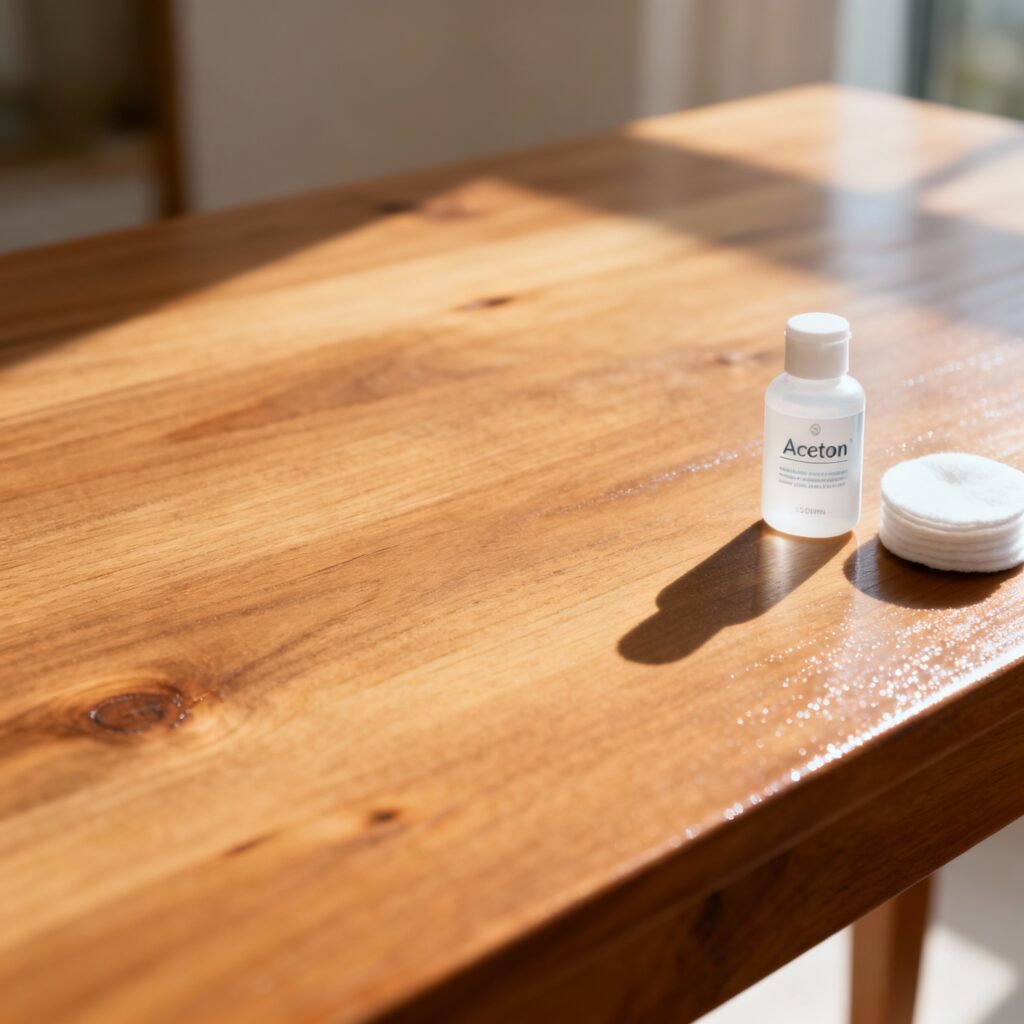
Share this:
- Click to share on Facebook (Opens in new window) Facebook
- Click to share on X (Opens in new window) X
- Click to share on LinkedIn (Opens in new window) LinkedIn
- Click to share on Reddit (Opens in new window) Reddit
- Click to share on X (Opens in new window) X
- Click to share on Threads (Opens in new window) Threads
- Click to share on WhatsApp (Opens in new window) WhatsApp

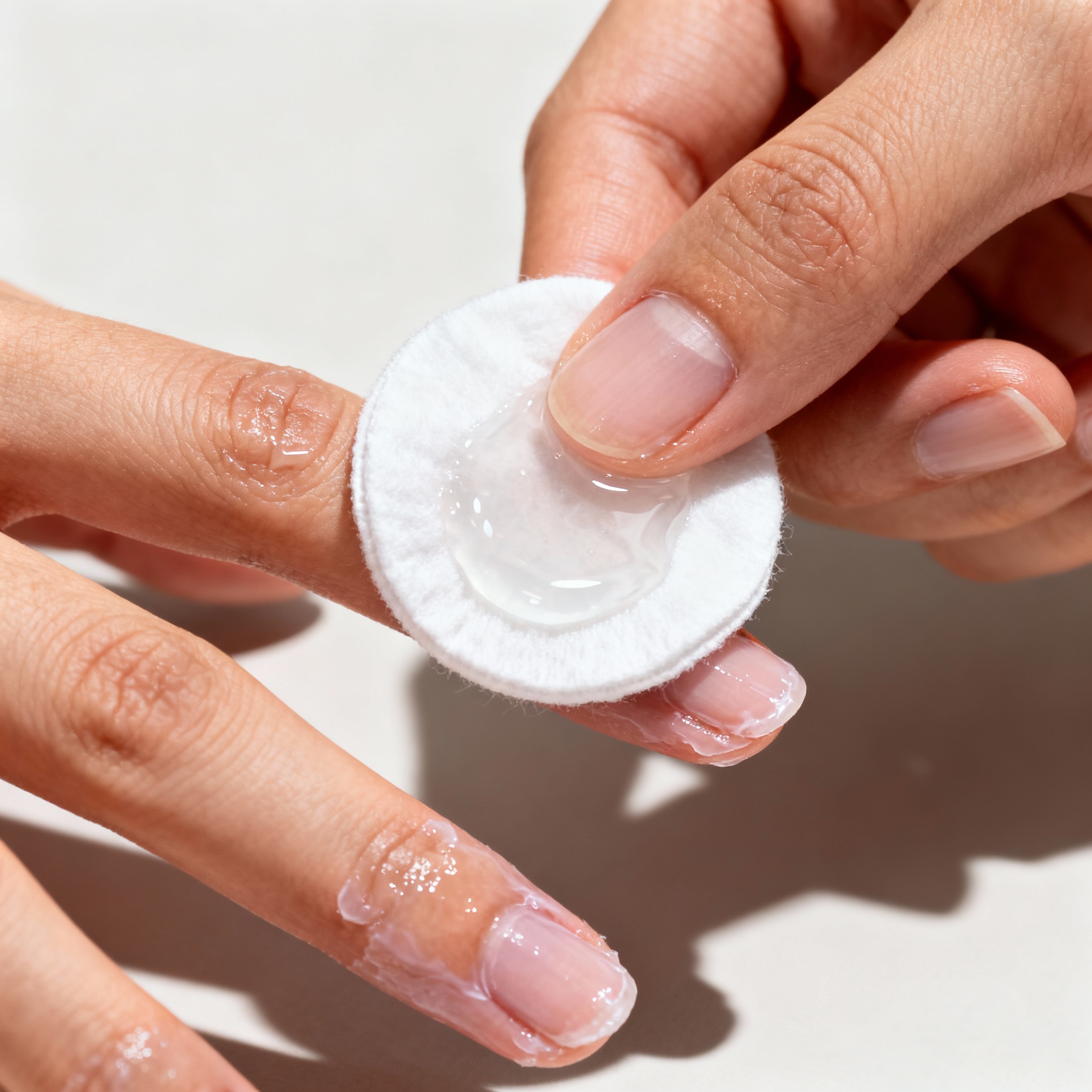
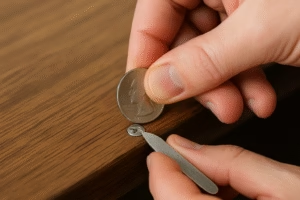


Pingback: Marble Scratch Repair With Simple Powerful Methods